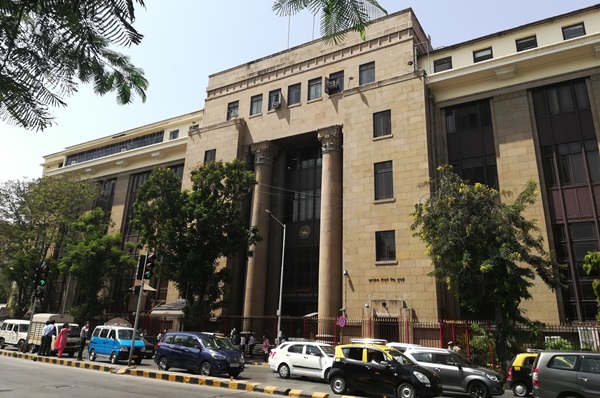.png)
High Credit-Deposit Ratio Will Dent All RBI Attempts At Rate Transmission
Banks have already committed the bulk of their deposit base to lending, leaving little operational flexibility.

March 28, 2025 at 1:44 PM IST
The likelihood of a cut in the repo rate by the Reserve Bank of India has strengthened with each new data release since the last Monetary Policy Committee meeting and yet the probability of this easing effectively reaching the real economy remains uncertain. The challenge lies not in the direction of the policy, but in the structural transmission bottlenecks that have become increasingly evident—foremost among them, the persistently elevated credit-deposit ratio in the banking system.
Indian banks’ credit-deposit ratio was at 80.5% as of March 7—hovering around the upper limit of prudential comfort. On the surface, this indicated healthy credit demand, a sign of economic dynamism. But scratch the surface and a worrisome scenario emerges: banks have already committed the bulk of their deposit base to lending, leaving little operational flexibility. When banks are stretched this thin on liquidity, they will be reluctant to lower lending rates—even in the face of a dovish policy signal from the central bank.
The consequence would be a blunted monetary transmission mechanism. Policy rates may fall, but if banks’ cost of funds remains elevated due to tight liquidity conditions, lending rates remain inelastic. This is precisely what the latest lending rate data confirms: the 1-year median MCLR rose to 9.05% in February 2025, up from 9.00% in January. With nearly 37% of total loans still linked to MCLR, this stickiness in lending rates cannot be ignored.
A part of the problem stems from the structural imbalance between credit and deposit growth. Banks’ balance sheets have expanded at a robust 13-14% annually over the last two years, driven by broad-based credit growth. Yet deposit growth has lagged it by 200-300 basis points constrained by low real returns and a growing preference for market-based instruments. At the same time, the RBI’s balance sheet has grown at a modest 7–8% annually, reflecting its inflation-management focus and cautious liquidity stance.
This imbalance has now become a systemic constraint.
The central bank’s restrained liquidity operations have not kept pace with the expansionary balance sheets of commercial banks. Without durable surplus liquidity, banks face a trade-off between preserving margins and passing on rate cuts—more often than not choosing the former.
For the RBI’s rate actions to have meaningful impact, the liquidity environment must shift decisively into the surplus territory. Liquidity in the banking system remains in huge deficit despite about ₹5 trillion fund infusion by the central bank through open market operations and FX swap auctions in last two months. What is required is a more sustained injection of liquidity through OMOs or targeted CRR reductions. These instruments will ease funding pressures, improve transmission, and reinforce policy credibility.
Moreover, the transmission mechanism itself needs broadening. The move to link retail and MSME floating-rate loans to external benchmarks has improved transparency and rate sensitivity. But nearly two-fifths of the lending portfolio remains outside this framework. Extending external benchmarking to corporate loans—while protecting banks from undue interest rate volatility—will be key to deepening the effectiveness of monetary policy.
The current high CD ratio, sticky lending rates, and a restrained central bank balance sheet together form a triad of resistance to monetary transmission. The RBI, while rightfully cautious on inflation, must now rebalance its approach and ensure that liquidity conditions align with policy intent. Without this, rate cuts risk becoming symbolic gestures—well-meaning, but economically inert.



